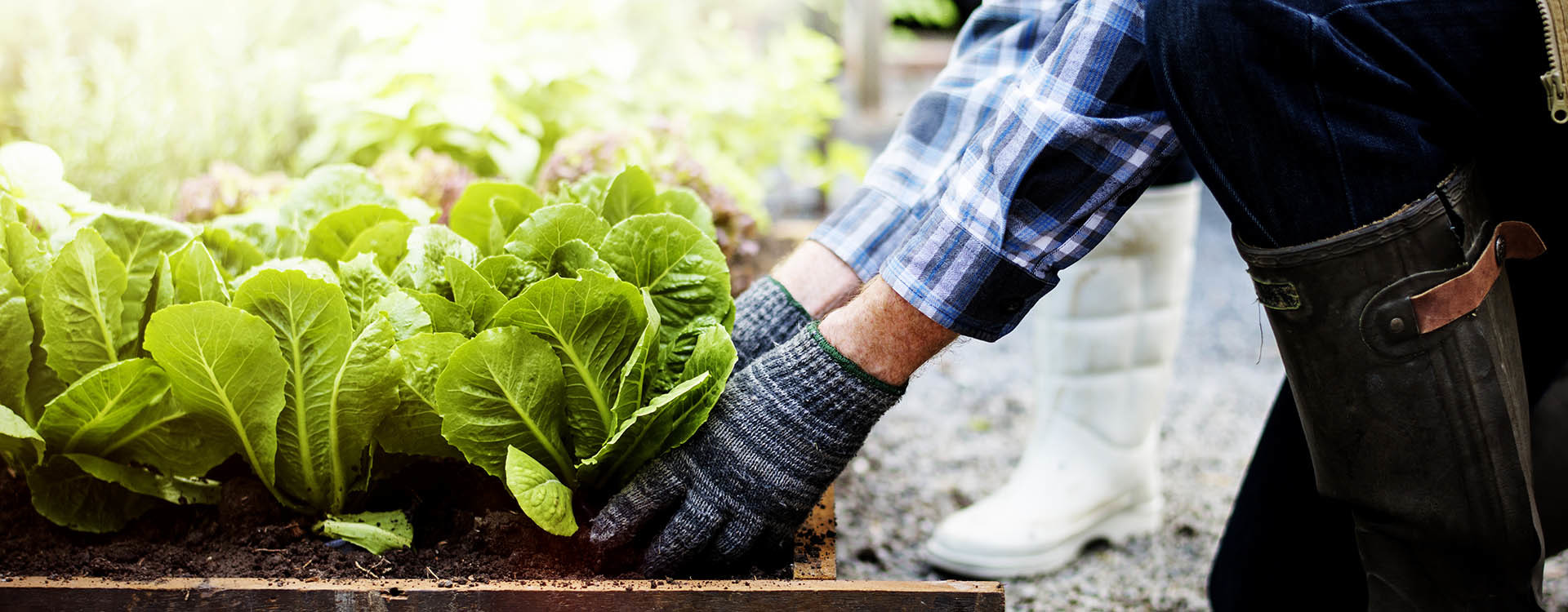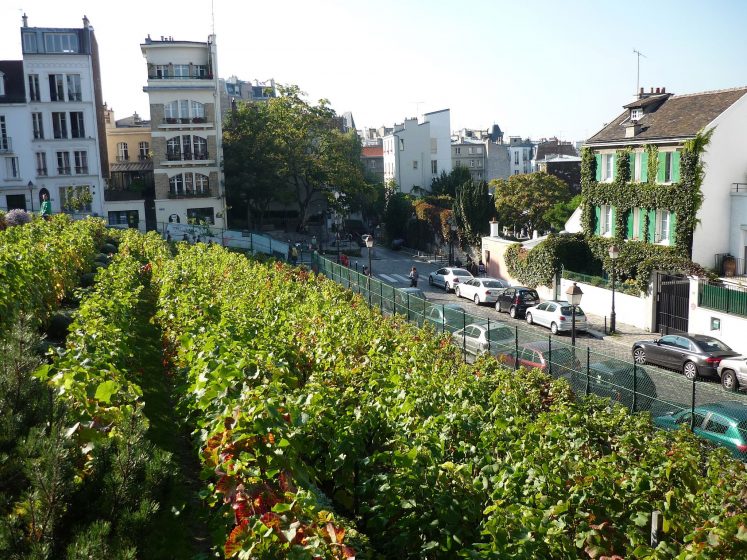Some Known Incorrect Statements About City Blooming
Some Known Incorrect Statements About City Blooming
Blog Article
The City Blooming Ideas
Table of ContentsFacts About City Blooming UncoveredAn Unbiased View of City BloomingLittle Known Questions About City Blooming.What Does City Blooming Do?The Only Guide for City Blooming
Intrigued in growing food for sale in the City of Chicago? Thinking of starting a community yard? Changes to the Chicago Zoning Statute allow farming uses like area yards and urban ranches in numerous parts of the city. Below is a checklist of often asked questions regarding the rules and regulations that cultivators must consider when planning a city agriculture task.
The zoning modification does not customize any other codes handling composting, structure authorizations, purchasing or renting City had property, service licenses or environmental contamination. There are existing codes that control these issues and they stay completely effect and might apply to your task. Neighborhood yards are generally possessed or taken care of by public entities, civic organizations or community-based companies and kept by volunteers.
Urban farms expand food that is meant to be sold, either on a not-for-profit or for-profit basis. As a result of their industrial function, urban ranches require a service certificate. Yes. A neighborhood yard is allowed to market excess generate that was expanded on website if the sales are accessory or subordinate to the garden's main purpose described above.
City Blooming for Dummies
Composting is allowed but just for plant product that is produced and made use of on website. The amount of garden compost material can not surpass 25 cubic backyards at any kind of given time according to the requirements in 7-28-715 of the City's Municipal Code. Yes. Because the soil at a lot of brand-new yard sites requires amending, garden compost, dirt, wood chips, or other products can be acquired to create or improve the expanding area - garden care.

If a structure license is required then the hoophouse will be taken into consideration an accessory building. You can discover more about the building permit needs by speaking to the Department of Structures. The 25,000-square-foot size restriction is intended to avoid a single area garden from controling a provided block or diminishing the block's existing household or industrial character.
The limitation does not apply to yards located in Public Open Area (POS) areas. Can there be more than one area garden that is 25,000 square feet on a single block? Yes. The size restriction relates to private yards, not to individual blocks. No. Fence is not needed, nonetheless, gardens that have large parking lot may be needed to mount fencing or various other landscaping features.
Fascination About City Blooming
B1 & B2 districts need that all commercial use tasks be carried out inside your home. R areas limit industrial activity. The regulations reflect the function and intent of the Zoning Code. Is fence needed for city farms? Yes. Fencings may be required, along with landscaping and testing, for sure parking lot and outdoor work or storage locations depending on place and the specific task happening.
Urban ranches need structure authorizations and zoning approvals prior to building (balcony and patio garden design). Other kinds of city review might be required depending on certain structures, tasks, size, landscape design, licensing, public health and stormwater monitoring problems.
The Division of Organization Affairs and Consumer Security can aid identify the particular type of organization permit that's called for. Off road car parking is needed for many business projects in Chicago. The required number of vehicle parking areas is based on the number of staff members working on site and not the square video of the growing area.
City Blooming Things To Know Before You Buy

Yes. An urban ranch can market compost product produced on site, nonetheless, the operation needs to adhere to the regulations in 7-28-715 of the Chicago Municipal Code. Yes. Aquaponic systems are allowed inside your home on city ranches in many zoning districts. Nonetheless, a zoning review and building permit is required in order to mount structures or systems and a service permit is needed as defined over.
Up to 5 hives or colonies of honey bees may be kept as an accessory use. Beekeepers have to sign up with the Illinois Department of Farming. To find out more regarding the recommended zoning amendment you might get find more in touch with the Division of Housing and Economic Advancement, Bureau of Preparation and Zoning at 312.744.8563.
Farming in cities and urban locations A metropolitan farm in Chicago. Urban agriculture describes numerous methods of cultivating. https://clean-gondola-5c7.notion.site/City-Gardening-Transforming-Urban-Spaces-7213d2fdc6c341e8bd8975e4c2f79126?pvs=4, handling, and dispersing food in urban areas. The term likewise relates to the area tasks of pet husbandry, tank farming, beekeeping, and horticulture in a metropolitan context. Urban farming is differentiated from peri-urban agriculture, which takes area in country areas at the edge of suburban areas.
Get This Report about City Blooming
It can include a movement of organic farmers, "foodies" and "locavores", who look for to form socials media based on a common principles of nature and community holism. These networks can establish by way of formal institutional assistance, ending up being integrated right into regional town preparation as a "transition community" motion for sustainable urban development.
In either instance, the extra straight accessibility to fresh veggie, fruit, and meat items that may be know via metropolitan farming can enhance food safety and food security while reducing food miles, leading to reduced greenhouse gas discharges, consequently contributing to environment modification mitigation. A few of the initial proof of metropolitan agriculture originates from Mesopotamia.
Report this page